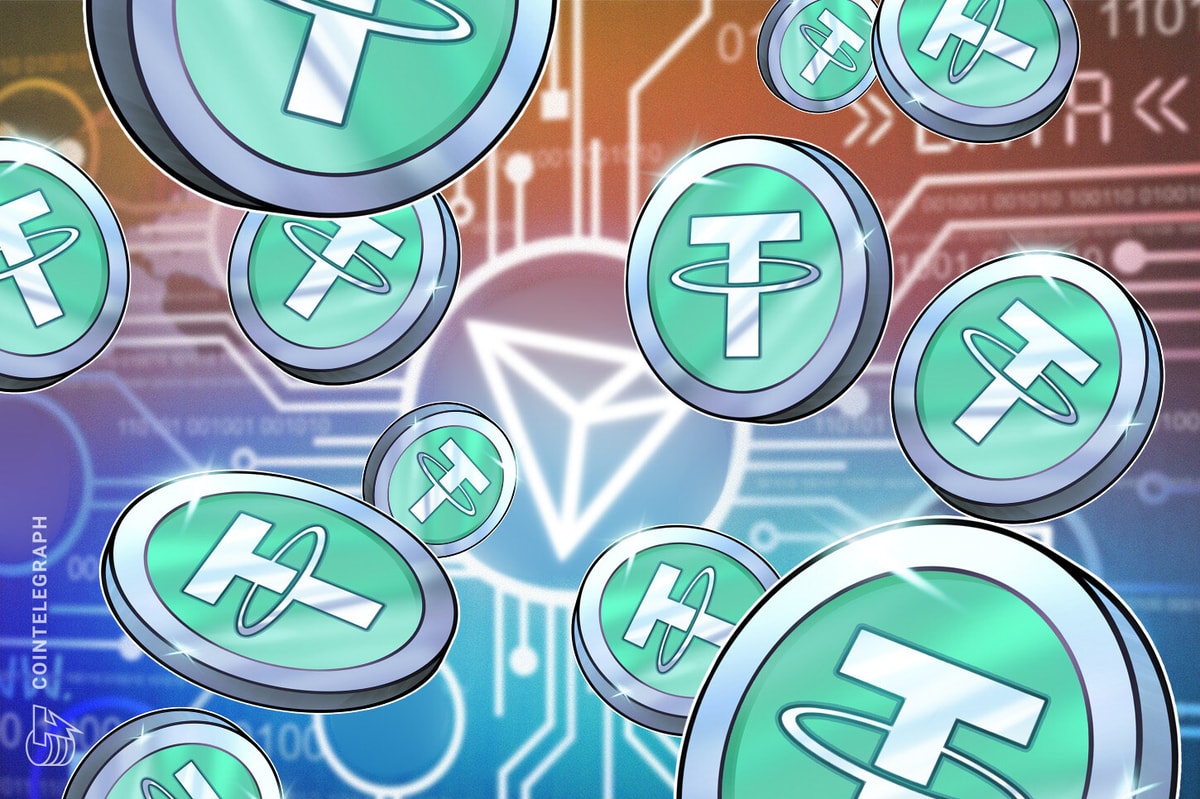Tether minted $1 billion in USDt (USDT) stablecoin on the Tron network and paid no fees for large transactions, according to data from on-chain analytics firm Arkham Intelligence.
The analytics platform highlighted a November 14 transaction from Tron’s “black hole address” to Tether’s multi-sig wallet that begins with the letters “TBPxh”.
On-chain records show that shortly after the 1 billion USDT was transferred to Tether’s multi-signature wallet, the funds were transferred to the stablecoin company’s treasury, with the transaction also incurring no fees.
Tether minted 1 billion USDT without network fees. Source: Arkham Intelligence
The relatively low fees of the Tron network have made the blockchain ecosystem attractive to stablecoin companies and ideal for recipients in developing countries where excessive network fees can significantly reduce the value of payments or remittances.
relevant: Tether exchanges over 2 billion USDT to the Ethereum network.
USDT supply on the Tron network
According to Tether’s transparency page, the total amount of USDT accepted on the Tron network is $62.7 billion, compared to $62.9 billion on the Ethereum network.
Although the Ethereum ecosystem is much larger than Tron, alternative layer 1 blockchains have roughly the same USDT circulation. This high volume of stablecoin activity on the Tron network was the main driver of the network’s $577 million in revenue during the third quarter of 2024.
USDT supply through blockchain network. Source: Tether
In August 2024, the Tron network became the second largest blockchain ecosystem in stablecoin market share. At the time, Tron accounted for 37.9% of the overall stablecoin market share, while the Ethereum network boasted an impressive 55.7% share of issued stablecoins.
In the same month, Tether minted an additional 1 billion USDT on the Tron blockchain. Following the stablecoin mint, Tether CEO Paolo Ardoino explained that the additional USDT was to “replenish” supply and clarified that the tokens had been approved but not minted.
Approved but unissued USDT tokens will remain in the company’s inventory until a new issuance request is made and the tokens are issued for trading on the open market.
Digital asset traders use stablecoin supply as a proxy to gauge market sentiment and investor interest. If the level of newly minted stablecoins is rising, it is a positive sign that traders are speculating on price movements. In contrast, reduced supply means less interest and less market activity.
magazine: Unstable Coins: Depegs, bank runs and other risks loom.

